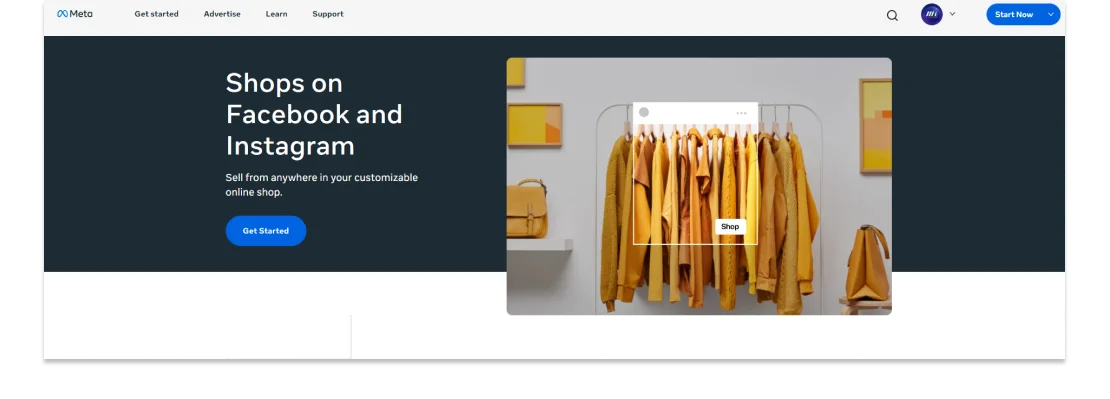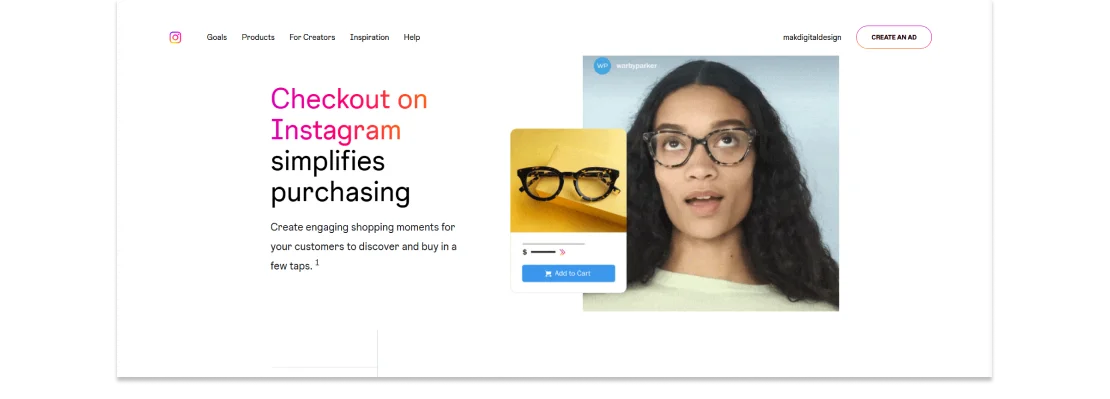
Social media stopped being just about posts and likes years ago. Now it’s where people actually buy things. Social commerce—the ability to browse, compare, and purchase without ever leaving an app—has changed how businesses sell online. For 2025, if you’re not selling where your customers are already scrolling, you’re missing out on serious revenue.
Platforms like Facebook, Instagram, and TikTok have built entire shopping ecosystems inside their apps. This isn’t a future trend—it’s happening right now. Let’s look at how social commerce works in 2025 and what strategies actually drive sales.
Why Social Commerce Keeps Growing
Social commerce means selling products directly through social media platforms. People discover a product in their feed, tap a few times, and check out without opening a browser or visiting your website. The friction between “I want that” and “I bought that” has nearly disappeared.
The numbers back this up. U.S. social commerce sales hit over $80 billion in 2024 and continue climbing. This growth comes from convenience—people trust the platforms they use daily, and completing purchases without app-switching removes obstacles that typically kill sales.
The user experience is what makes this work. When shopping feels native to the platform instead of a disruption, conversion rates improve dramatically.
Platforms Actually Built for Selling
Each major platform has developed tools specifically designed to turn browsing into buying. They’re not identical—each serves different audiences and shopping behaviors.
Facebook Shops
Facebook Shops let you build a complete storefront inside Facebook. Customers can browse your catalog, read descriptions, and purchase without leaving the platform. Facebook’s advertising tools integrate directly with these shops, letting you target specific audiences and drive traffic to your products with precision.

Instagram Checkout
Instagram built its shopping features around its visual strength. Instagram Checkout lets users buy products directly from posts, stories, and reels without leaving the app. This works particularly well with influencer marketing, where product recommendations from trusted creators convert at higher rates than traditional ads.

TikTok Shop
TikTok Shop turned viral content into a sales channel. Brands can add shopping tabs to their profiles and tag products in videos. The platform’s algorithm surfaces products to users based on their interests, and integration with Shopify makes inventory management straightforward. Live shopping events on TikTok generate massive sales spikes when done right.
Pinterest Shopping
Pinterest users come to the platform looking for ideas and inspiration, making it perfect for discovery-based shopping. Buyable Pins let people purchase products without leaving Pinterest. This works especially well for fashion, home decor, and lifestyle brands where visual appeal drives purchase decisions.
Strategies That Actually Increase Sales
Invest in Visual Content
Social commerce lives or dies on visuals. Instagram and Pinterest thrive on high-quality images. TikTok needs engaging video content. Spending money on professional product photography and video production isn’t optional—it’s what makes people stop scrolling and start buying. Use Reels, TikTok videos, and Pinterest boards to showcase products in action.
Work with Influencers
Influencer marketing works because people trust recommendations from creators they follow. Find influencers whose audience matches your customer base and partner with them for product showcases, reviews, or sponsored content. This strategy performs particularly well on Instagram and TikTok, where a single viral post can generate thousands of sales.
Optimize Everything for Conversions
Content optimization means tailoring posts, captions, and hashtags to match what your audience actually cares about. Use clear calls to action like “Shop Now” or “Tap to Buy.” Post consistently so your brand stays visible. Every piece of content should guide people toward making a purchase.
Encourage User-Generated Content
User-generated content builds trust faster than any marketing campaign you could create. When real customers post photos or videos using your products, it serves as authentic social proof. Encourage this by creating branded hashtags, running contests, or featuring customer content on your official accounts. Building trust through UGC drives more sales than polished ads ever could.
Make Checkout Painless
A complicated checkout process kills sales. Facebook, Instagram, and TikTok all offer integrated checkout that keeps users in-app. Make sure your product descriptions are clear, payment options are familiar, and product pages load fast. Every extra step or confusing element increases the chance someone abandons their cart.
Use Analytics to Improve
Social platforms provide detailed analytics on post performance, ad effectiveness, and shopping behavior. Review this data regularly. Track engagement rates, click-through rates, and actual conversions. When you see what works, do more of it. When something underperforms, adjust your approach. Data-driven decisions beat guesswork every time.
What’s Coming Next
Social commerce keeps evolving as platforms add new features and refine their algorithms. Businesses that stay current with these changes will outperform competitors still treating social media as just an awareness channel.
For eCommerce brands, this means building a real social media strategy focused on the shopping experience, not just follower counts. Use visual content strategically, engage customers where they already spend time, and keep testing new features as platforms roll them out. Brands that do this will boost conversion rates and sales throughout 2025.
Conclusion
Social media isn’t just a marketing channel anymore—it’s a sales channel. Social commerce lets you meet customers where they already are, offering a shopping experience that feels natural instead of forced. Whether through Facebook Shops, Instagram Checkout, or TikTok Shopping, integrating social platforms into your sales strategy is essential for 2025.
If you want to grow your eCommerce business, social media marketing focused on direct sales is where to invest your effort. The tools exist, the audiences are there, and the businesses winning right now are the ones making it easy to buy without leaving the app.






